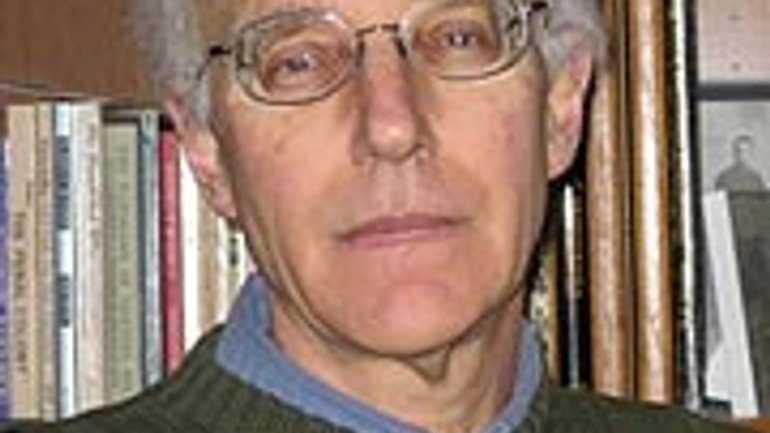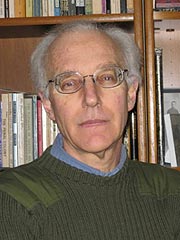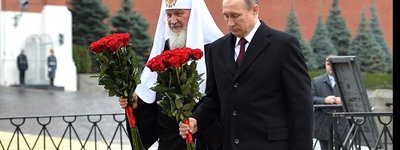Ukraine as a traditionalist haven

 For traditionalist Catholics from the West, Western Ukraine is a dream come true. The seminaries are full. Priests in cassocks and nuns in traditional habits are everywhere to be seen. Liturgies, whether Latin or Byzantine, cling to tradition, with no unsightly innovation or unseemly experimentation. Sermons speak of sin and death. Long lines of penitents fill the confessionals, and processions grace the streets.
For traditionalist Catholics from the West, Western Ukraine is a dream come true. The seminaries are full. Priests in cassocks and nuns in traditional habits are everywhere to be seen. Liturgies, whether Latin or Byzantine, cling to tradition, with no unsightly innovation or unseemly experimentation. Sermons speak of sin and death. Long lines of penitents fill the confessionals, and processions grace the streets.
Traditionalists love Ukraine because there, tradition is respected. But there is a kind of traditionalism which implies more than that. It rightly emphasizes the eternal, unchanging nature of the Church as reflected in ideas, forms, and actions that remain static over time. But at the same time, it tends to ignore the organic, changing nature of the Church as reflected in those ideas, forms, and actions that should develop and change over time. The attitude of such traditionalists is unbalanced, for they prefer one essential aspect of the Church over another.
Reformers and modernists commit the opposite error. In much of the West, they have abandoned the sense of mystery and eternity in favor of a contemporary but banal, commonplace church culture. This detracts from respect for the Church and the unchanging nature of her fundamental teachings. It makes church an uninteresting experience, an insincere imitation of secular culture.
Are Ukrainian Catholics in error because of their traditionalism? Hardly. For there is a difference between true and false traditionalism. True traditionalism entails both continuity and change. Some ideas, like the basic truths of theology, remain unchanging. Some forms, like the vestments of the priest, change little over time, for they are meant to suggest the venerable nature of his office. The actions of the liturgy likewise evolve only gradually over the centuries, for the concepts that they express do not change; they themselves need to change only when they are no longer comprehensible.
At the same time, other aspects of church culture must evolve or perish. Preaching must relate eternal truths to contemporary life. Religious publications must speak to the laity in the language of the day. The Church must use the most advanced communications technology if it is to reach its faithful.
But in fact, most aspects of religious life involve both continuity and change. Church music cannot remain static, because from time to time excellent religious compositions in a contemporary idiom are created; yet it would be destructive not to emphasize the rich storehouse of traditional music. Iconography must follow defined traditions; otherwise, it loses its ability to convey profound concepts. Yet if its pictorial language does not develop, it becomes mere imitation. The same is true of church architecture, which becomes false and hollow if it merely imitates past styles with modern building materials; the best architects interpret venerable traditions in contemporary idiom.
We should therefore not be too glad that traditionalists are drawn to Ukraine. If what they find there is the right balance between the constant and the mutable, then we have reason to rejoice. But if what they are seeking, and finding, is the false comfort of mere conservatism, then we have cause for concern.










